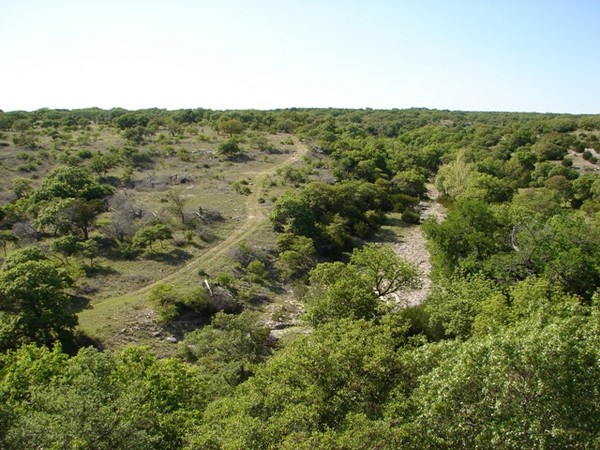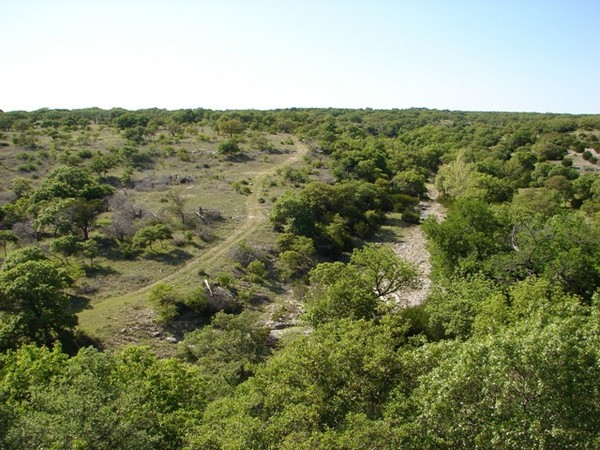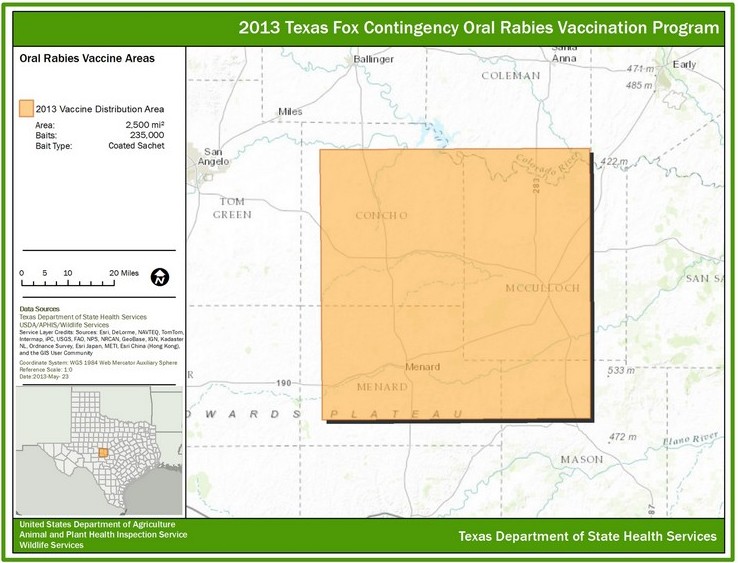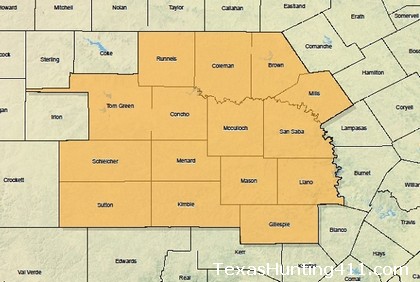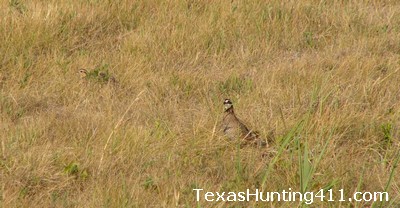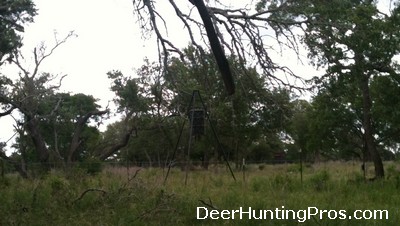The James E. Daughtrey Wildlife Management Area (WMA) is a 4,400 acres low fenced multiple-use recreational area that offer public hunting opportunities for white-tailed deer, alligator and other game species. The WMA surrounds Choke Canyon Reservoir as is operated by Texas Parks and Wildlife Department (TPWD). Located in Live Oak and McMullen counties midway between San Antonio and Corpus Christi, the WMA is representive of South Texas habitats and is a component of the South Texas Ecosystem Project (STEP). The Frio, Atascosa, and Nueces Rivers join near the town of Three Rivers, just east of the WMA. The WMA occupies five non-contiguous parcels adjacent to the lake.
Choke Canyon Reservoir also provides valuable habitat to migratory species, including a wide variety of waterfowl. The lake itself is considered part of the WMA for purposes of public waterfowl hunting. All regulations applicable to waterfowl hunting, including a prohibition on airboats on the lake, apply to hunters accesing the lake for waterfowl hunting purposes. Waterfowl season is open during all open waterfowl seasons when accessed from the lake. An Annual Public Hunting (APH) permit is required of all waterfowl hunters. Access to the lake through the WMA is closed as posted at entrance information booths and in the Annual Public Hunting Lands Map Booklet.

Originally grassland, after the suppression of fire and the elimination of the buffalo, this region developed into the South Texas brush country of today. The climate includes long, hot summers, mild winters and erratic precipitation distribution. The average annual rainfall rate is 20-25 inches. Mesquite and associated thorny shrubs, such as catclaw acacia, huisache, blackbrush, granjeno, brasil, whitebrush, Texas persimmon, and prickly pear, account for much of the cover. Live oak, hackberry, and elm are the dominant tree species. Silver bluestem, buffelgrass, curly mesquite, and Arizona cottontop are the dominant grasses throughout the WMA. The topography is gently sloping to level and the soils range from loamy sand to heavy clay.
Ample cover, food, and water in close proximity result in a very productive wildlife habitat. White-tailed deer, javelina, wild turkeys, mourning and white-winged dove, bobwhite and scaled quail, rabbits, coyotes, gray foxes, bobcats, mountain lions, feral hogs, and many other wildlife species inhabit the WMA. The Daughtry WMA is know for excellent deer hunting and good deer are harvested there on a fairly regular basis, which is not unusual for that part of Texas.
TPWD assumed responsibility of the property in 1981 for the care, operation, maintenance, and replacement of the recreation, fish and wildlife, and open space resources of the Choke Canyon Reservoir. The WMA historically has been used as a public use area to provide maximum hunting opportunity and appreciable public use, commensurate with availability of the resource. The Daughtrey WMA offers an interpretive nature trail, wildlife viewing, and hunting. Fishing is available on Choke Canyon Reservoir through access by public boat ramp.
The James E. Daughtrey WMA is named in memory of state game warden James E. Daughtrey, who was fatally injured in a vehicle accident while pursuing game law violators in McMullen County. You can get more information about the (a href=”https://texashuntingtimes.com/category/public-hunting/” title=”Texas Public Hunting Lands”>public huntingopportunities at the WMA by contacting area personnel at (830) 676-3413.
Public Hunting at Daughtrey WMA
Roads on the area are mostly primitive and trucks will permit access to most of the hunting area. Four wheel drive is recommended for wet conditions. Limited permanent blinds are provided and hunters may bring their own portable blinds. There are no cold storage facilities available on the area. A primitive campground is available for use only by persons authorized to hunt under Special Permits and will open the evening prior to scheduled hunts. Drinking water and electrical hook-ups are not available in the campground. A limited number of fire rings and picnic tables are provided on a first come-first served basis as is one rented chemical toilet. Camping is also available at Choke Canyon State Park – South Shore Unit (361/786-3538). For further information call the WMA office.


